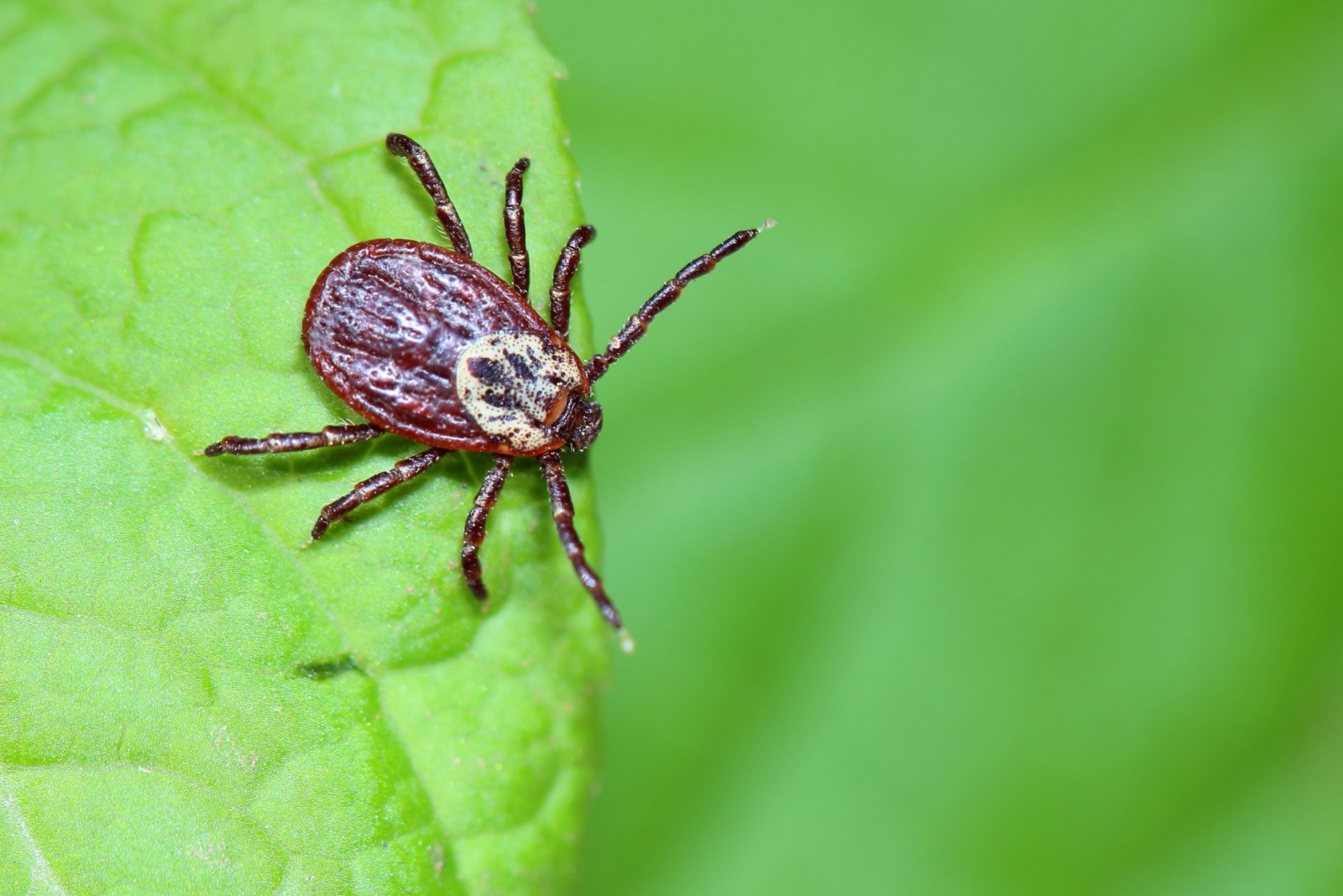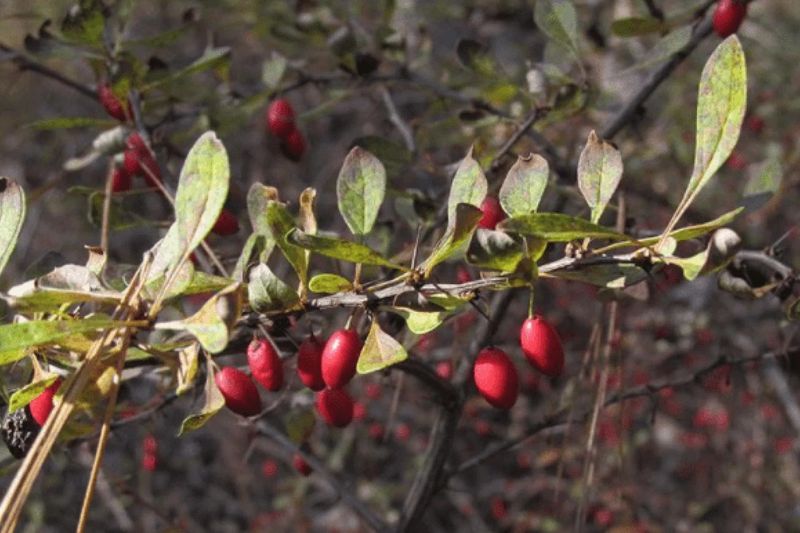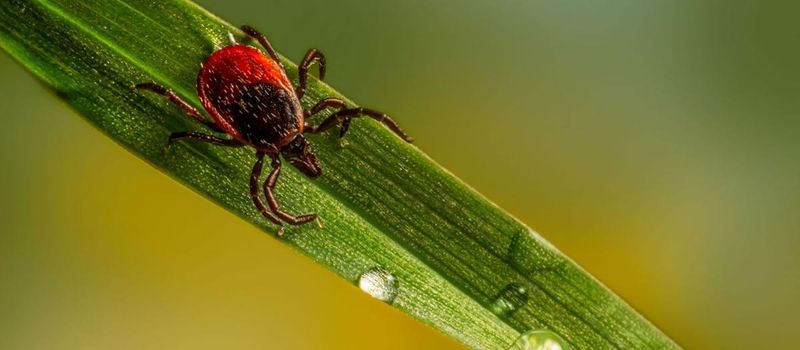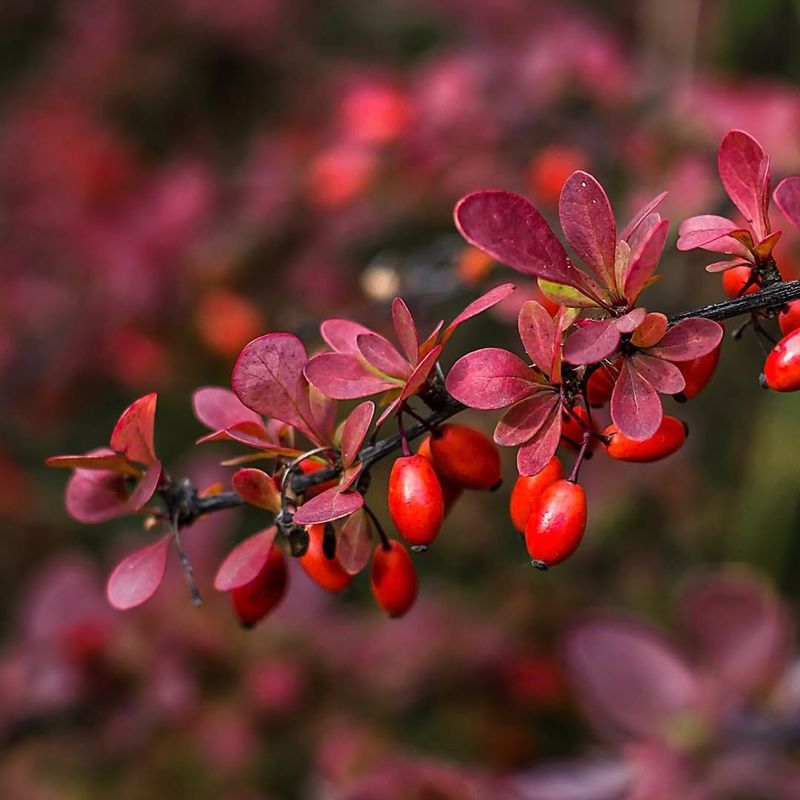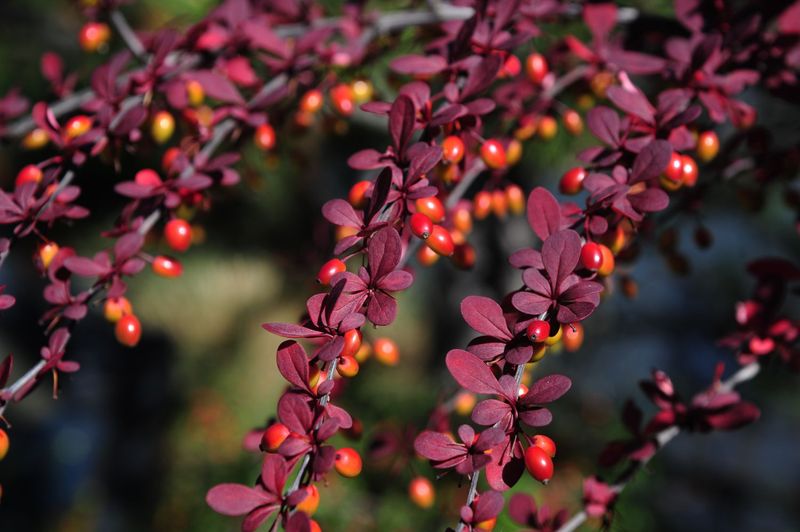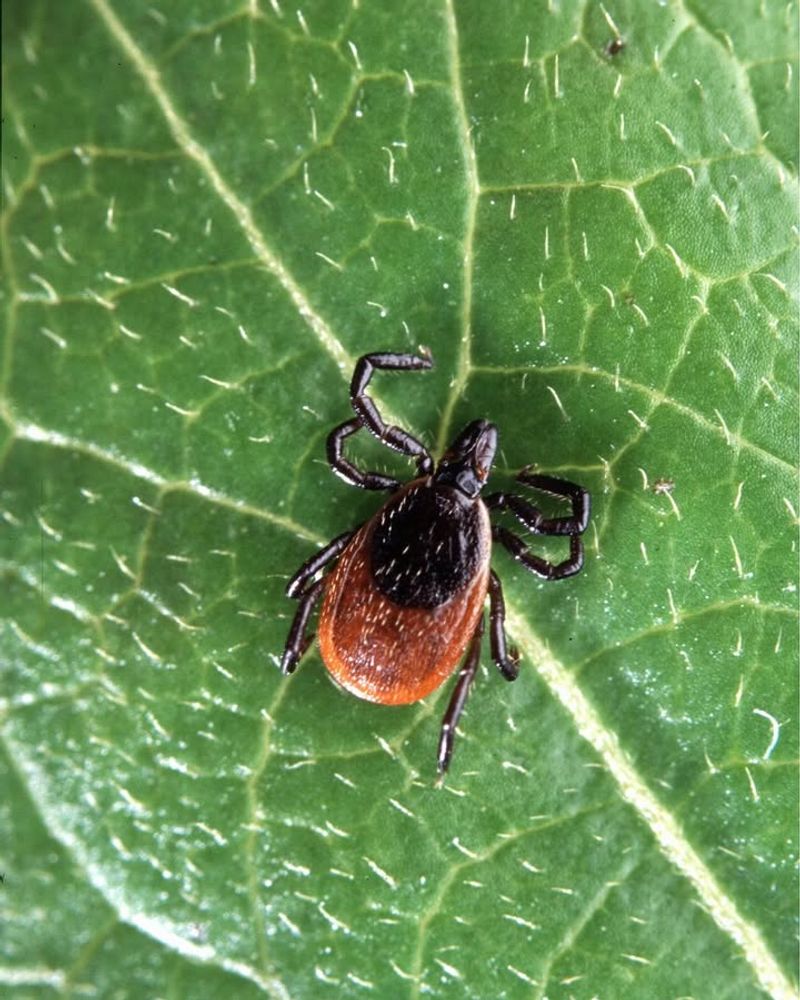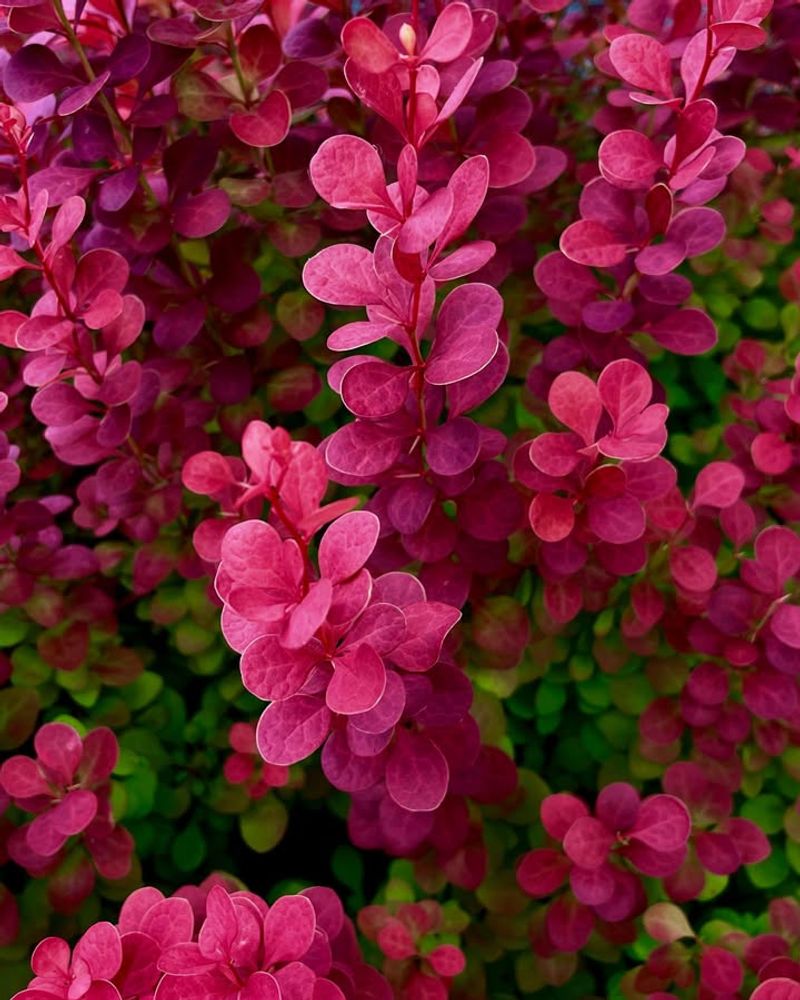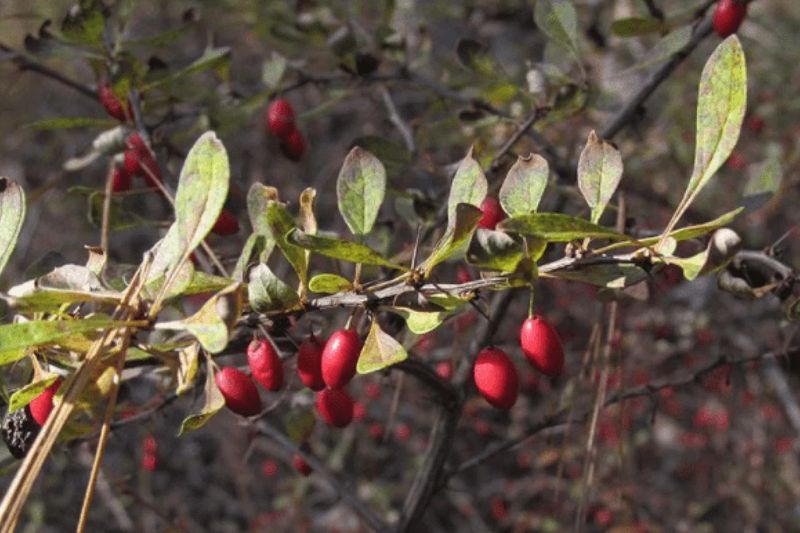Japanese Barberry might look harmless in your Pennsylvania garden, but it’s actually a magnet for ticks that can harm your pets. This invasive shrub creates the perfect environment for ticks to thrive, putting dogs, cats, and even humans at risk for Lyme disease and other tick-borne illnesses.
Before you plant anything new this season, consider these eight compelling reasons to avoid Japanese Barberry if you have furry friends.
1. Dense Foliage Provides Hiding Spots
The thick, tangled branches create a humid microclimate ticks absolutely love. I’ve witnessed firsthand how these shrubs maintain moisture even during Pennsylvania’s dry spells, giving ticks a comfortable home year-round.
When my retriever brushes against barberry bushes during our backyard explorations, I always check him thoroughly afterward. The dense growth pattern makes it nearly impossible to spot ticks hiding within the plant’s interior.
Removal of these bushes from my property resulted in a noticeable decrease in tick populations within just one season—a difference that made our outdoor time much more enjoyable and safe.
2. Berries Attract Wildlife Carrying Ticks
Those bright red berries aren’t just decorative—they’re wildlife magnets. Birds, mice, and deer regularly feast on barberry fruits, bringing along tick hitchhikers that drop off into your yard.
My neighbor’s barberry hedge became a regular dining spot for white-footed mice, notorious carriers of infected ticks. After replacing the hedge with native plants, wildlife still visited but tick numbers plummeted dramatically.
Each animal visitor to a barberry bush potentially deposits dozens of ticks, creating an expanding colony right where your pets play. Pennsylvania’s wildlife-rich environment makes this risk particularly serious for local pet owners.
3. Creates Ideal Humidity Levels For Tick Survival
Walking past my old barberry hedge on dewy Pennsylvania mornings, I could feel the difference in humidity. The plant’s growth pattern traps moisture underneath, creating perfect tick-breeding conditions even during drier months.
Ticks need humidity levels above 85% to survive, and barberry shrubs maintain this microclimate consistently. The moisture retention is so effective that ticks can survive there even during brief Pennsylvania droughts.
My veterinarian confirmed that tick-borne disease cases spike in neighborhoods with abundant barberry plantings. The connection between humidity, barberry, and tick survival is well-established in Pennsylvania’s ecosystem management programs.
4. Resistant To Pruning Encourages Spread
Try to tame this beast with pruning and you’ll quickly discover its stubborn nature. Cut back Japanese Barberry and it responds with vigorous new growth, creating even denser tick habitats than before.
After attempting to control my barberry hedge for three frustrating seasons, I finally replaced it entirely. The plant’s aggressive regrowth meant constant maintenance and increasing tick problems despite my best efforts.
Many Pennsylvania gardeners find themselves in an endless battle against this resilient shrub. Each pruning session potentially exposes you and your pets to hidden ticks while stimulating the plant to produce more tick-friendly habitat.
5. Harbors Multiple Tick Species
Japanese Barberry doesn’t discriminate when it comes to ticks. While hiking through Pennsylvania’s Chester County, a park ranger showed me how a single barberry patch hosted three different tick species—deer ticks, dog ticks, and lone star ticks.
Each species carries different diseases, multiplying the risk to your pets. My terrier contracted anaplasmosis after just one brief encounter with a barberry-infested area during our spring walks.
Unlike some plants that might attract only certain tick varieties, barberry creates conditions perfect for virtually all tick species found in Pennsylvania. This makes it particularly dangerous compared to other invasive plants.
6. Thorns Complicate Tick Checks On Pets
Those sharp barberry thorns don’t just hurt—they make thorough tick checks nearly impossible. When my collie brushed against our neighbor’s barberry hedge, her thick fur became tangled with both thorny branches and ticks.
The painful thorns keep pets from naturally grooming areas that have contacted the plant. This gives ticks extra time to attach and transmit diseases before being discovered during regular pet care routines.
Veterinarians across Pennsylvania report seeing more embedded ticks on pets from homes with barberry plantings. The combination of concealment and grooming prevention makes this plant especially problematic for long-haired breeds.
7. Illegal in Some Pennsylvania Counties
During a recent Lancaster County garden center visit, I noticed Japanese Barberry was missing from inventory. The manager explained it’s now restricted in parts of Pennsylvania due to its environmental impact, including tick proliferation.
Local ordinances increasingly ban this plant as research confirms its role in tick-borne disease transmission. Pennsylvania’s Department of Conservation and Natural Resources now actively discourages barberry planting statewide.
Neighborhood associations across Pennsylvania suburbs have begun implementing their own restrictions, recognizing the public health risk to residents and pets. Growing this plant might actually violate local regulations in your area.
8. Safer Alternatives for Pet-Friendly Gardens
My Pennsylvania landscape transformed when I replaced barberry with native ninebark. The attractive shrub offers similar visual appeal without harboring ticks, and my springer spaniel can roam freely without constant tick checks afterward.
Virginia sweetspire provides gorgeous fall color while supporting beneficial insects rather than ticks. Since making the switch in my Bucks County garden, tick encounters dropped by nearly 90% according to my pet’s veterinarian.
Blueberries offer edible harvests while creating none of barberry’s tick-friendly conditions. Native plants naturally resist tick infestations while providing better habitat for Pennsylvania’s beneficial wildlife—a win-win for gardeners and pet owners alike.

